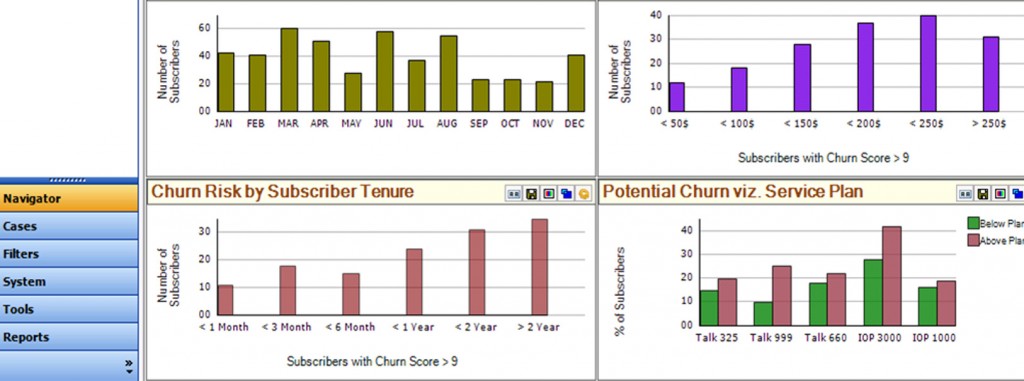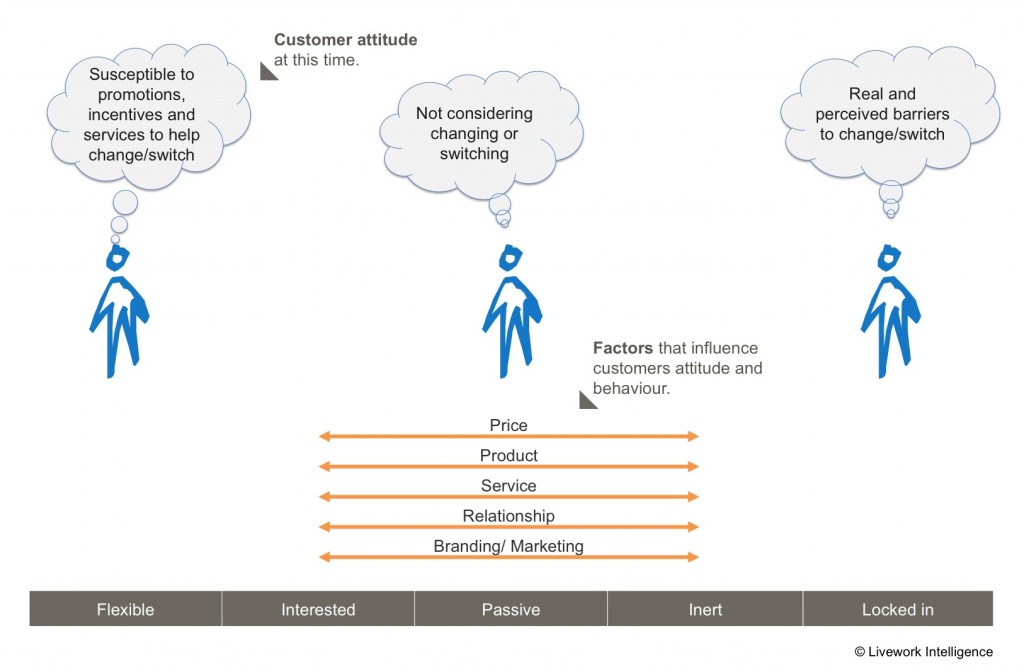Businesses talk about reasons why customers are loyal to their brand, product or service. Customers don’t perceive their use or association with a product or service as ‘loyalty’ – they are loyal to their own needs – consuming what works for them as and when they need it. Against this backdrop it is strange to see businesses invest billions to ‘win’ customer loyalty.
What does loyalty mean for customers?
Customers’ true loyalty comes into play the moment they have to make a decision on buying, keeping or changing a product or service. Examining the motivation at these stages in the customer journey reveals that indifference, convenience, opportunism and apathy are stronger drivers than a sense of loyalty. Customers are loyal to themselves first.
The costs of buying loyalty
Loyalty, rewards, membership and savings programmes have different names and setups, but all share the same ultimate goals: to acquire and retain customers or increase wallet share.
Most of the programmes fail to deliver or even worse, decrease value, by investing in customers who are not loyal, or who are already committed to them anyway. There is no evidence that “bought” loyalty translates in increased revenue, or better financial performance.
 Loyalty cards are an obvious way to connect with customers, especially their data. The value for the customer for participating in a loyalty programme is often more opportunistic than based on a sense of loyalty. Innovations around direct pay-outs and on the spot offers based on ID will make most cards and some programmes obsolete by shifting from saving points to getting rewarded for a (repeat) purchase.
Loyalty cards are an obvious way to connect with customers, especially their data. The value for the customer for participating in a loyalty programme is often more opportunistic than based on a sense of loyalty. Innovations around direct pay-outs and on the spot offers based on ID will make most cards and some programmes obsolete by shifting from saving points to getting rewarded for a (repeat) purchase.
What does customers’ loyalty mean in your sector?
Loyalty programmes are often modelled after retail, but loyalty means different things to customers in different sectors. In consumer goods, loyalty manifest itself in repeated sale of a branded product; while in the leisure sector it is a repeat booking. Offering discounts for the next purchase might be a strong driver in one, but may not sway the customer in the other.
 Advanced analytics and processing massive data are used in calculating and identifying customers at risk of defection or churn. Closer examination of the reason – not the pattern – often reveals an incident in the early stages of the contract/ownership was not properly addressed and has made the customer susceptible to alternatives, long before this can be identified by his behaviour.
Advanced analytics and processing massive data are used in calculating and identifying customers at risk of defection or churn. Closer examination of the reason – not the pattern – often reveals an incident in the early stages of the contract/ownership was not properly addressed and has made the customer susceptible to alternatives, long before this can be identified by his behaviour.
Get the basics right to keep customers
While in many cases there might be a brand preference, this is not the same as loyalty. In most cases, customers will skip or even switch to the next best alternative when there are even small obstacles that hinder access to the desired product or service. Building customer loyalty is highly dependent on the perceived experience of the product, including availability, accessibility and the level of service.
Provide service instead of gimmicks
Service is a very strong driver of loyalty across many sectors and can be a non-monetary way to affect customers’ perception of a company and its offerings. Basic service design – such as supporting customers in complex transactions, picking up the conversation from the last interaction and showing empathy when needed – have a high perceived value at little to no cost to the business. Better yet, services enable a business to distinguish itself amongst the competition and create a positive customer lock-in.
Focus on the ‘right’ customers
Attracting new customers based on a one-off promotion or offer might be the right strategy for growing the customer base but can attract the customers who are price sensitive and will be expensive to keep.
Focusing on the new customers and the ones at the end of the customer lifecycle is a good way to secure commitment for their next purchase or extending their use of your product or service. A recommendation from a long time/heavy-user customer carries more weight than one from a customer who recently had a good buying experience.
Average US household participates in 22 loyalty programs. 56% of those memberships are inactive.
Build loyalty on the foundation of good service
Getting the basics right is the beginning of building any sort of relationship with customers. A poor service is likely to prevent the relationship from growing into one based on loyalty. Good services are a platform to attract, retain and grow more satisfaction – and therefore, loyalty in the existing customer base, without having to give away incentives and rewards.

Financial services and insurance offer products that customers never fully understand, which makes them insecure about what they bought. Customers prefer to stay with who they know, instead of starting the process again with another provider. This negative lock-in is sometimes mistaken as loyalty, but actually means that customers are reluctant to switch. Providers who offer transparent and easy to understand products can win customers.



